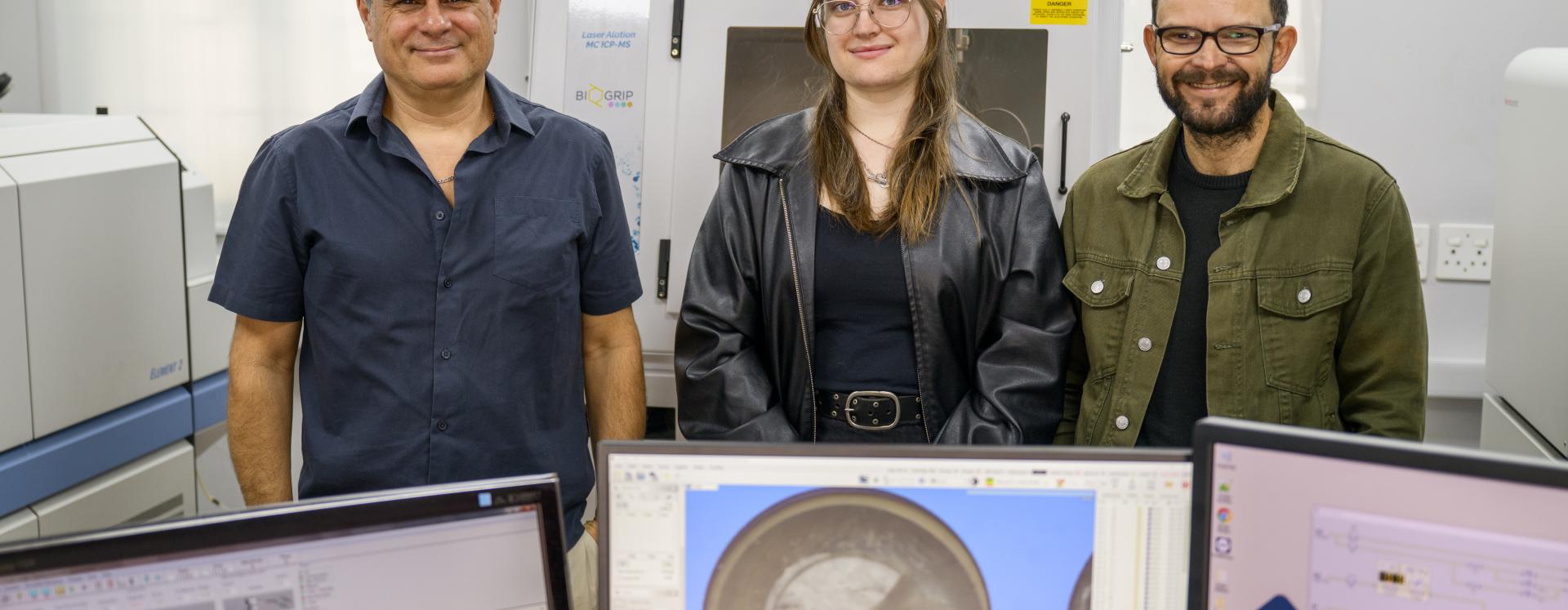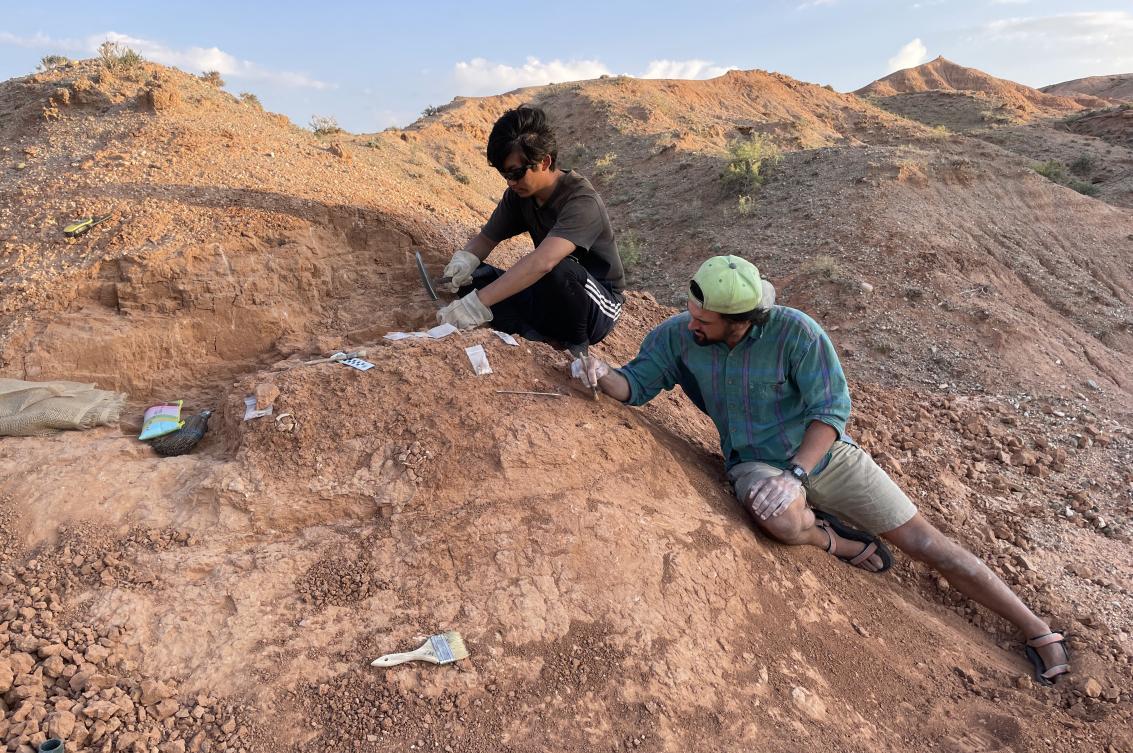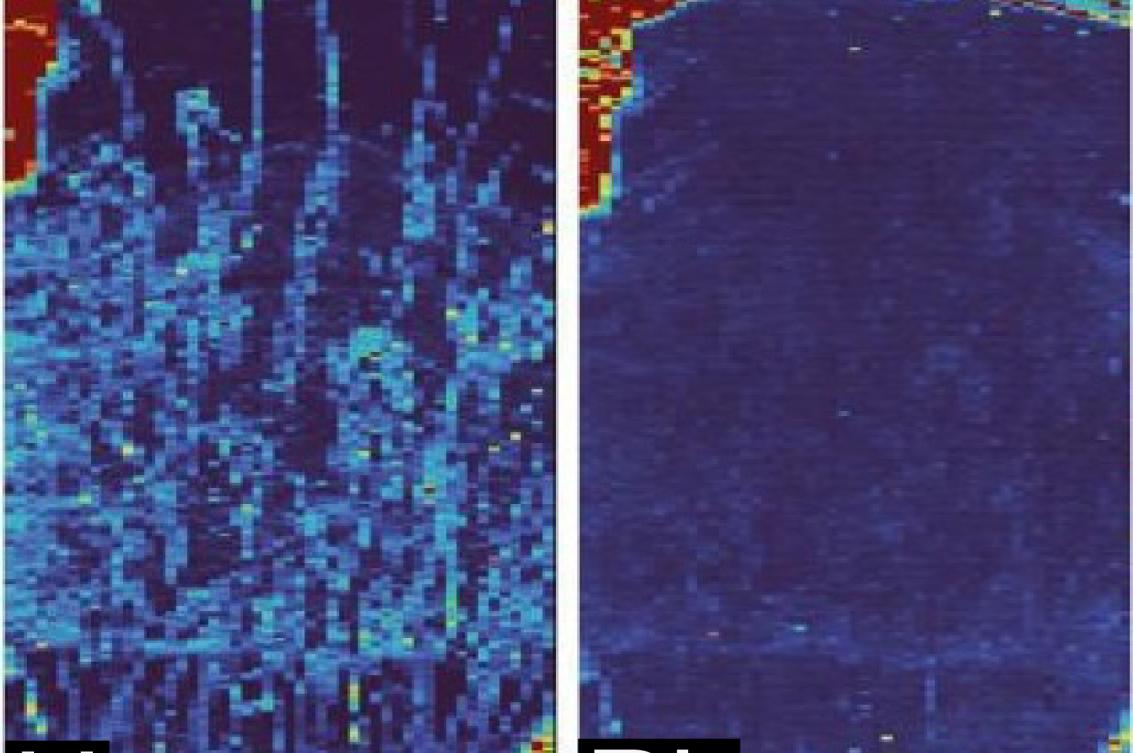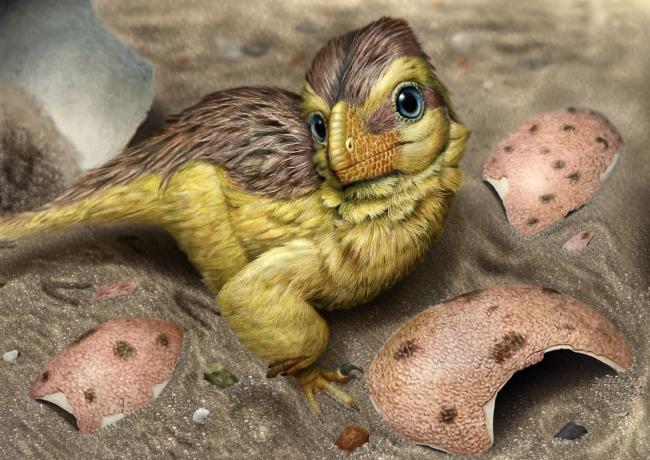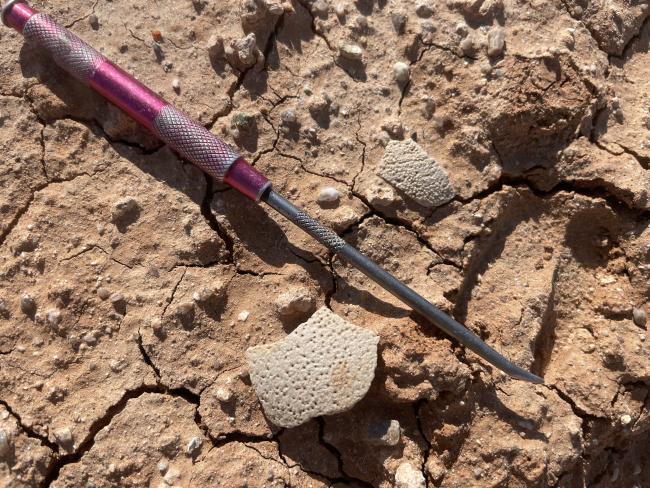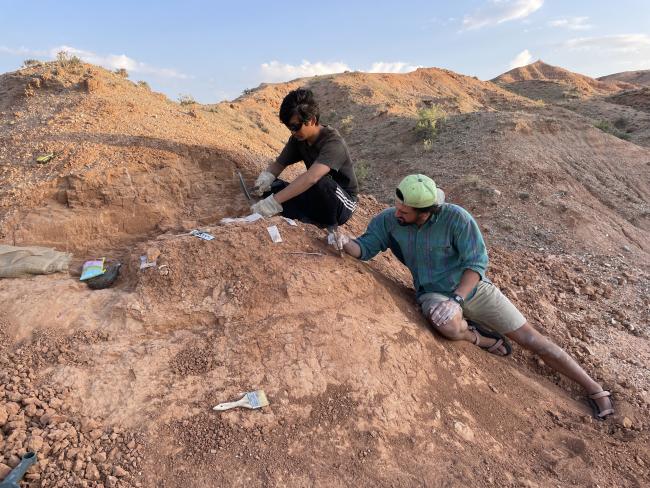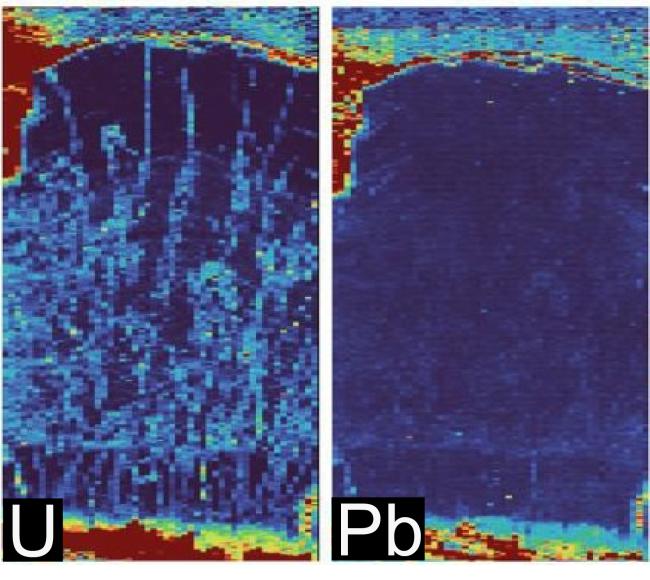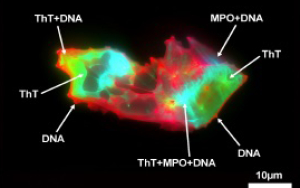
Exposed dinosaur eggshell fragments at Teel Ulaan Chaltsai, Eastern Gobi Basin.
Dinosaur eggshells unlock a new way to tell time in the fossil record
- Novel method developed to date fossilized dinosaur eggshells.
- Regarded as a breakthrough to date the age of fossil-bearing rocks.
An international team of geologists and paleontologists is pioneering a groundbreaking methodology to reliably determine the age of fossil-bearing rocks — by directly dating fossilized dinosaur eggshells.
The study, led by Dr Ryan Tucker from Stellenbosch University’s Department of Earth Sciences, was published in Communications Earth & Environment.
Many fossil sites around the world are only coarsely dated. Without precise information on the geologic age of fossils, paleontologists struggle to understand how different species and ecosystems relate across time and space. Usually, researchers rely on dating minerals such as zircon or apatite found associated with fossils, but those minerals aren’t always present. Attempts to date the fossils themselves, such as bones or teeth, have often produced uncertain results.
Dr Tucker's team, consisting of MSc student Kira Venter and Prof Cristiano Lana from the Elemental and Isotope Analysis Laboratory at SU's Central Analytical Facilities, took a different approach. They used advanced uranium–lead (U–Pb) dating and elemental mapping to measure trace amounts of uranium and lead housed inside the calcite of fossilized dinosaur eggshells. These isotopes function like a natural clock, enabling scientists to determine when the eggs were buried.
View video on novel method.
Tests on dinosaur eggs from Utah (USA) and the Gobi Desert (Mongolia) showed that the eggshells record ages with an accuracy of about five percent relative to precise volcanic-ash dates. In Mongolia, the team determined the first-ever direct age — around 75 million years old — for a historic locality preserving dinosaur eggs and nests.
“Eggshell calcite is remarkably versatile,” says Dr Tucker. “It gives us a new way to date fossil sites where volcanic layers are missing, a challenge that has limited paleontology for decades.”
The work involved collaborators from the North Carolina Museum of Natural Sciences, North Carolina State University, Colorado School of Mines, Mongolian Academy of Sciences’ Institute of Paleontology, Universidade Federal de Ouro Preto (Brazil). Fieldwork in Mongolia was carried out through the Mongolian Alliance for Dinosaur Exploration (MADEx) and supported by the National Geographic Society and the National Science Foundation.
By showing that dinosaur eggshells can reliably record the passage of geologic time, the study links biology and Earth science in a new way — offering researchers a powerful tool to date fossil sites around the globe.
“Direct dating of fossils is a paleontologist’s dream,” says study co-author Lindsay Zanno, associate research professor at North Carolina State University and head of paleontology at the North Carolina Museum of Natural Sciences. “Armed with this new technique, we can unravel mysteries about dinosaur evolution that used to be insurmountable.”
The article “U–Pb calcite age dating of fossil eggshell as an accurate deep time geochronometer” was published in Communications Earth & Environment.

